The flag of Turkey stands as a vibrant emblem of the nation, encapsulating its unique identity and the profound sentiments of its people.
With a design steeped in historical significance and cultural symbolism, it serves as a beacon of the values and aspirations that define the Turkish ethos and its legacy.
Flag of Turkey
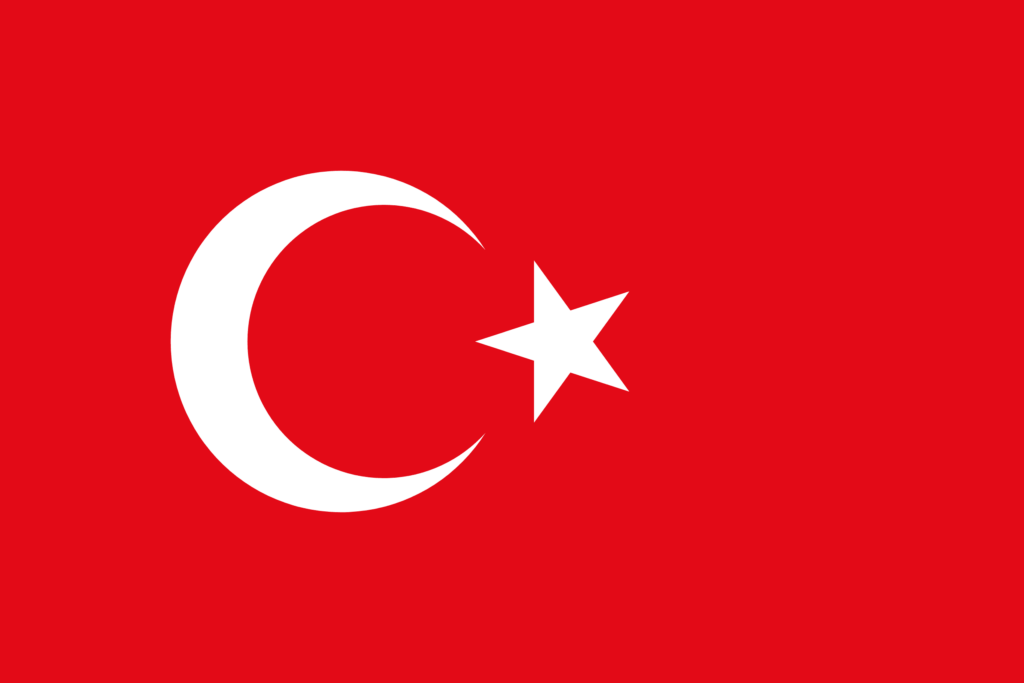
The flag of Turkey is instantly recognizable by its striking design, featuring a white star and crescent centered on a vibrant background.
This emblem holds deep significance, with the star and crescent combination not just a nod to historical emblems but also a symbol of national ideals.
The layout and symbols of the flag are deeply rooted in Turkey’s cultural and historical narrative, reflecting its rich heritage and forward-looking ethos.
Flag of Turkey: Color Palette
The color palette of the Turkish flag is defined by its simplicity and symbolic depth, featuring a carefully chosen scheme that deeply resonates with Turkey and its cultural values.
This palette plays a crucial role in conveying the flag’s meaning, with each hue holding its own story and significance. As we delve into the individual colors, we’ll uncover the layers of symbolism and their profound connections with Turkey’s heritage.
Flag Map of Turkey
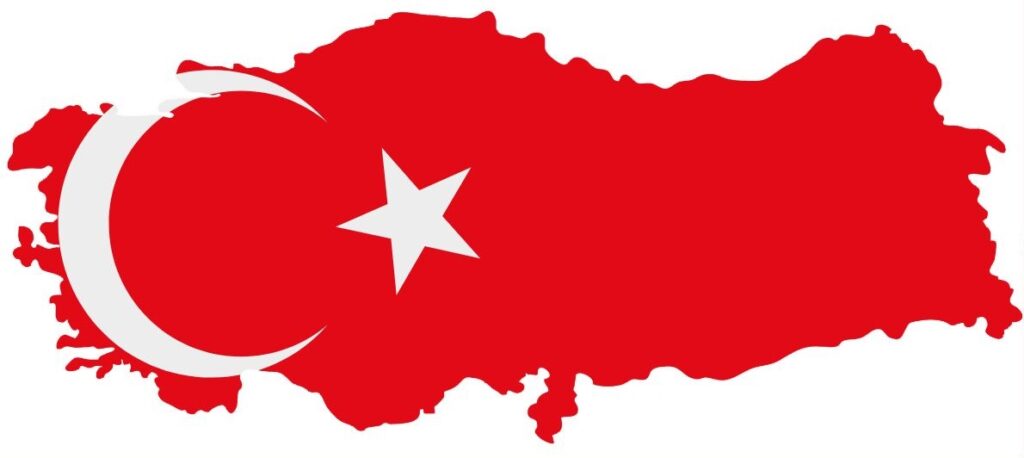
Meaning of Each Color
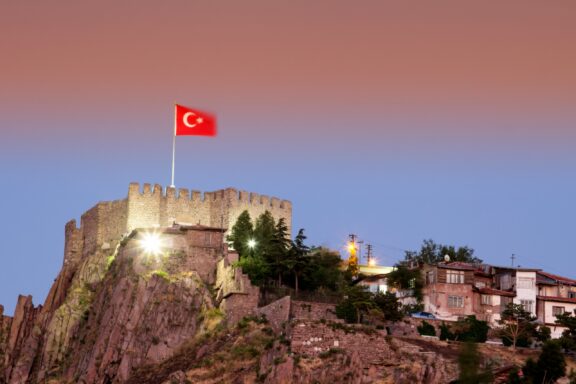
Red
The red color in Turkey’s flag is a powerful symbol with deep historical roots. It has been associated with bravery, valor, and the blood of martyrs who fought for the country’s independence and sovereignty. This color reflects the Turkish people’s strength, resilience, and patriotism.
White (Star and Crescent)
The white color, represented by the star and crescent, stands for peace, purity, and honesty. It signifies the shared desires for peace and harmony within their country and their relations with the world.
The white color contrasts sharply with the red, emphasizing the balance between sacrifice and tranquility, strength and peace.
National Emblem of Turkey

The national emblem of Turkey is elegantly simple yet deeply symbolic, consisting solely of a white star and crescent on a red background. This design mirrors the Turkish flag and is steeped in historical and cultural significance.
The crescent moon and star are iconic symbols associated with the Turkish people and their predecessors for centuries, reflecting the nation’s heritage and identity.
This emblem, while straightforward in its composition, encapsulates Turkey’s unity and tradition, serving as a powerful symbol of the nation’s sovereignty and pride.
Historical Evolution and the Meaning Behind Changes
The Turkish flag, recognized by its red backdrop, white star, and crescent, is a dynamic emblem reflecting the nation’s historical journey. Its origins and evolution are closely tied to the Ottoman Empire’s legacy, where the star and crescent first gained prominence.

These symbols, once varied across different banners, were standardized in the 19th century during the Ottoman Empire’s modernization efforts, symbolizing a unified and resilient state.
The transition to the Republic of Turkey in 1923 marked a significant shift, as the flag’s symbolism was reinterpreted to align with the new republic’s secular and democratic ideals under Mustafa Kemal Atatürk‘s leadership.
The design was officially standardized in 1936, a move that cemented the flag’s role as a national symbol and a representation of Turkey’s aspirations and values.
Today, the flag stands as a testament to Turkey’s rich history and its continuous path of reform and national unity, encapsulating the essence of the Turkish identity without directly referencing the specific meanings of its colors.
Overall Symbolic Meaning of the Flag
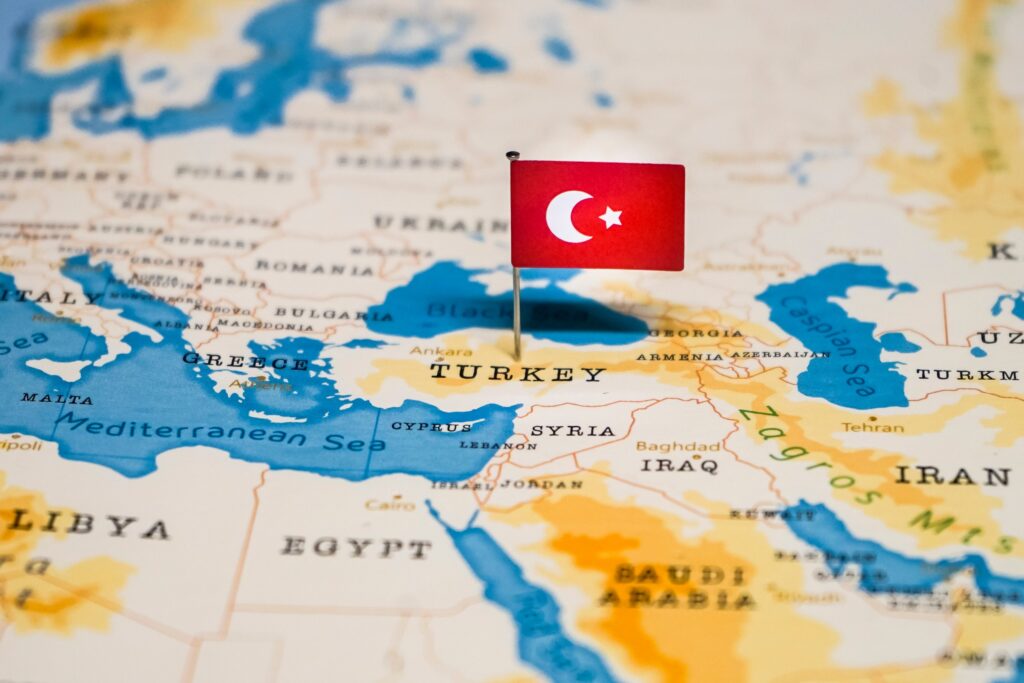
The flag of Turkey serves as a profound emblem of Turkey’s collective spirit and forward-looking ethos. Its design narrates a story of unity, resilience, and forward-looking optimism.
The flag symbolizes the nation’s commitment to harmony and progress, reflecting the enduring values that guide Turkey’s path, demonstrating the nation’s prosperous past and unwavering resolve to build a future marked by peace and prosperity.
Similar Flags to the Flag of Turkey
Several flags share similarities with Turkey’s flag due to historical, cultural, and religious influences shaping the Islamic world’s symbolism. Here are some of them:
Tunisia
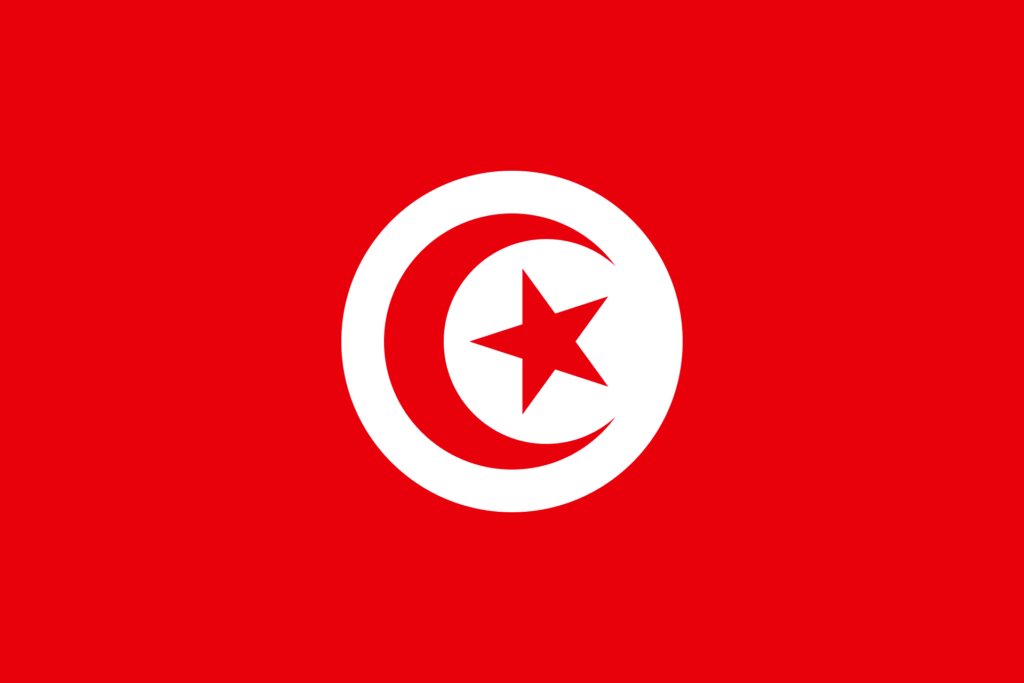
The similarity with Turkey’s flag stems from a shared Ottoman heritage, reflecting the historical ties and the influence of Ottoman symbolism across the region.
Adopting the star and crescent in Tunisia’s flag underscores the cultural and political connections with the Ottoman Empire, from which modern Turkey emerged.
Algeria
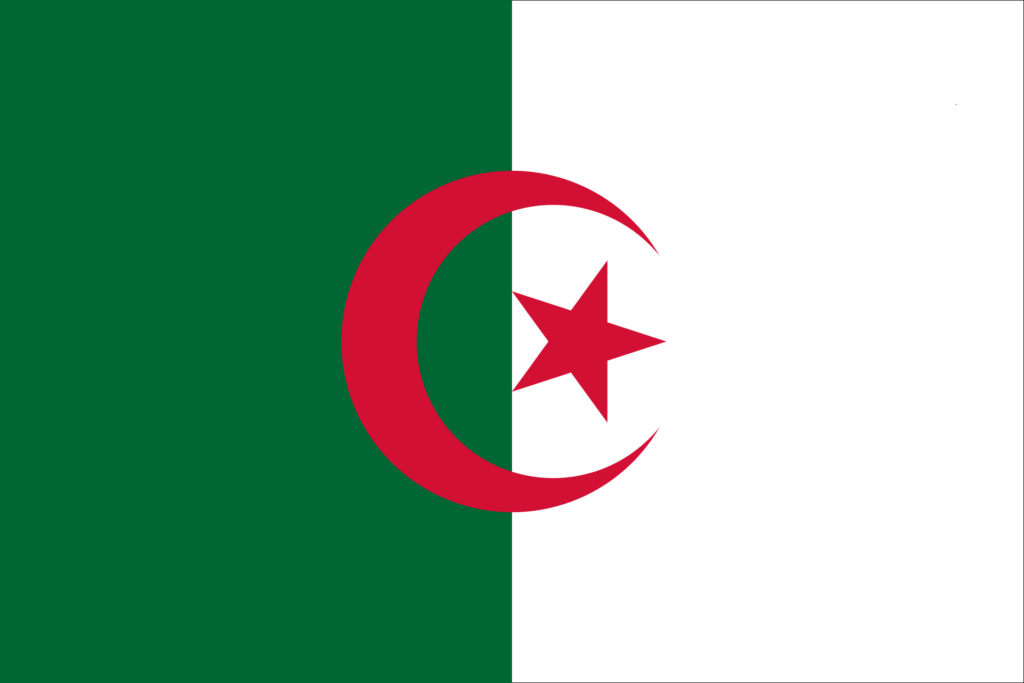
The resemblance between the Algerian and Turkish flags is rooted in the widespread use of Islamic symbols, particularly the crescent, across countries with significant Muslim populations.
Algeria’s incorporation of these symbols highlights the broader Islamic cultural heritage, transcending national boundaries and reflecting a shared historical narrative.
Pakistan
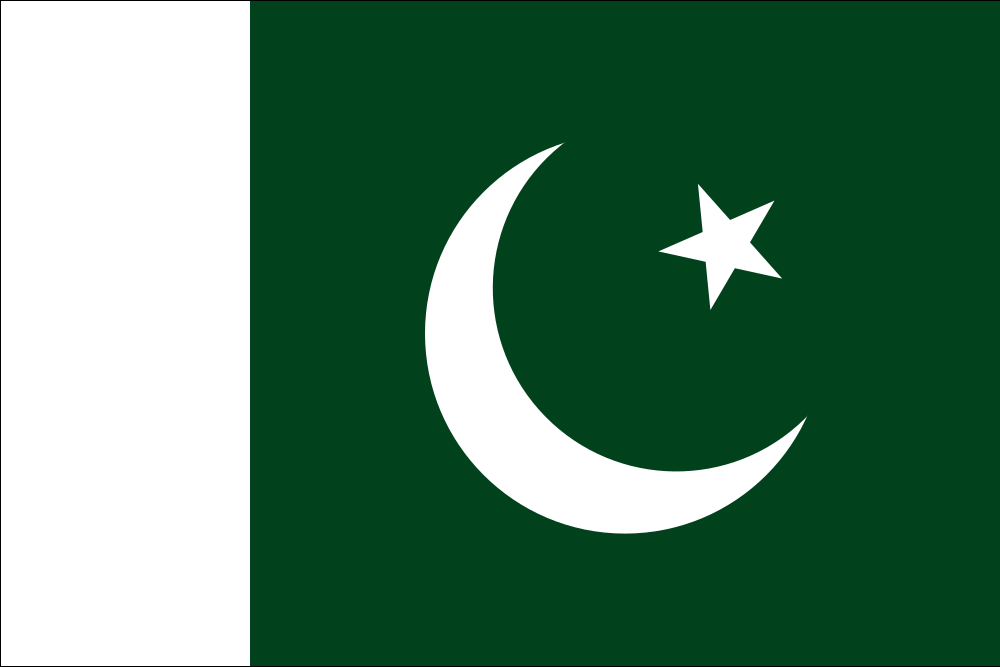
The similarity with Turkey’s flag lies in using the crescent and star, symbols associated with Islamic identity and unity.
Pakistan’s flag reflects the country’s Islamic foundation, echoing the symbolic unity within the Muslim world, of which both Pakistan and Turkey are prominent members.
Final Thoughts
The flag of Turkey, with its distinctive colors and design, holds a unique place among the world’s flags, symbolizing the nation’s rich history and the unity of its people. It stands as a source of pride for Turkish citizens, embodying their shared heritage and aspirations in the global tapestry of nations.
Image Sources and Copyright Information
- Turkish Flag Over Fortress at Dusk: © MDart10/Shutterstock
- Turkish Flag Pin on Map Indicating Turkey’s Location: © hyotographics/Shutterstock